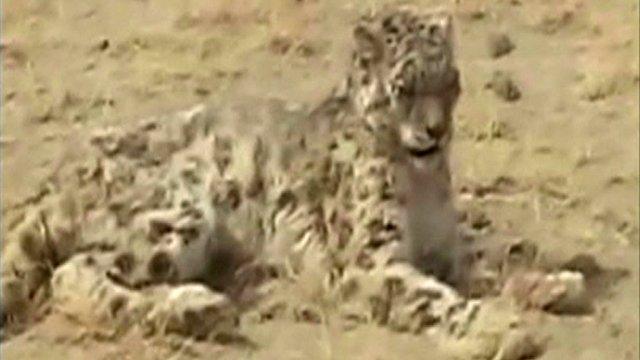Snow leopard no longer 'endangered'
- Published

Scientists are emphasising that the big cats' new status does not mean they are safe from extinction
Has the chilling threat of extinction worn off at last for the long-endangered snow leopard?
Not exactly - but the iconic big cats' conservation status has been improved from "endangered" to "vulnerable".
The decision was announced by the International Union for Conservation of Nature (IUCN) - the global standard for assessing extinction risk.
Experts have warned that the species still faces serious threats from poaching and habitat destruction.
The elegant yet elusive creatures, which live in the mountains of central Asia, were first listed as endangered by the IUCN in 1972.
The status change followed a three-year assessment process by five international experts.
Dr Tom McCarthy, who runs the Snow Leopard Programme at big cat charity Panthera, was one of them.
"To be considered 'endangered,' there must be fewer than 2,500 mature snow leopards and they must be experiencing a high rate of decline," he explained.
"Both are now considered extremely unlikely, which is the good news, but it does not mean that snow leopards are 'safe' or that now is a time to celebrate.
"The species still faces 'a high risk of extinction in the wild', and is likely still declining - just not at the rate previously thought."

A baby snow leopard pictured at the Tierpark zoo in Berlin
Being classed as "vulnerable" means a species has under 10,000 breeding animals left, with a population decline of at least 10% over three generations.
The Snow Leopard Trust, which aims to protect the big cat through community projects, strongly opposes the status change. It plans to challenge the decision with the IUCN.
"We believe it could have serious consequences for the species," it wrote in a blog post, external.
Snow leopard researchers believe the species' decline may have been slowed by conservation projects - including some to protect farm animals from the predators, which are sometimes killed in revenge for livestock losses.
The number of protected areas within the snow leopards' habitat has also increased significantly in recent decades.
Snow leopard stats
The rarely-sighted cats live in the craggy peaks of central Asia - including the Himalayas, and Russia's remote Altai mountains
Their habitat covers more than 1.8 million sq km / 694,980 sq miles, across 12 countries
Scientists say they are threatened by poaching for their fur, infrastructure developments, and climate change
Usually found at elevations of 3,000-4,500m (11,480-14,760ft)
Solitary creatures, they usually hunt at dawn and dusk and are able to kill prey up to three times their own weight
Mostly feed on wild animals, but will also prey on livestock
Their spotted coats change with the seasons - from a thick, white fur to keep them warm and camouflaged in winter, to a fine yellow-grey coat in summer
Retaliatory killings by farmers are not uncommon, but are rarely reported
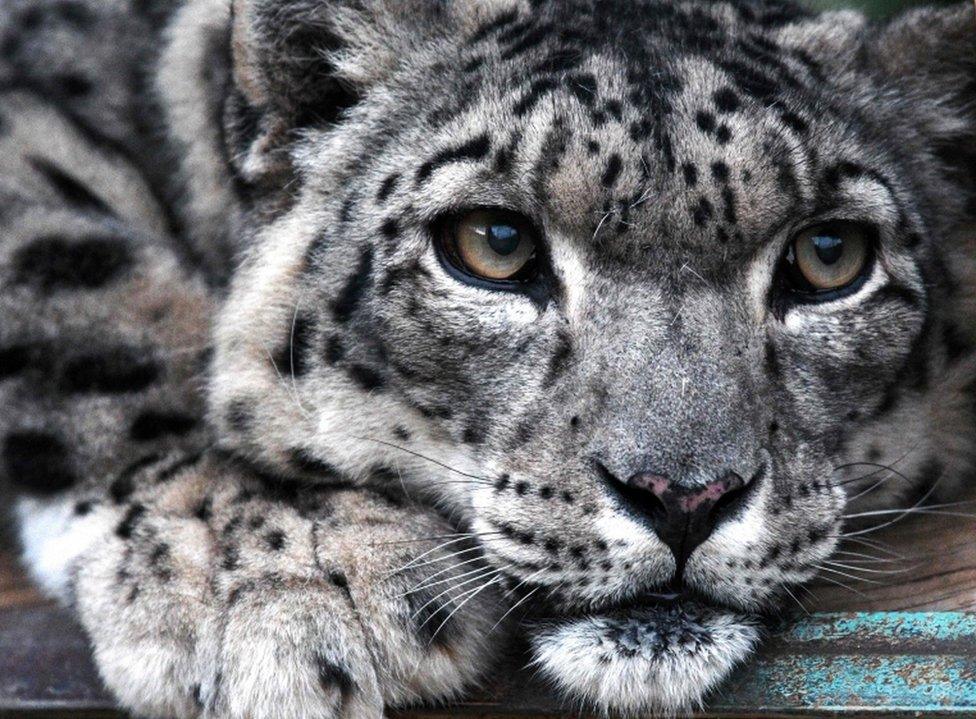
- Published21 October 2016
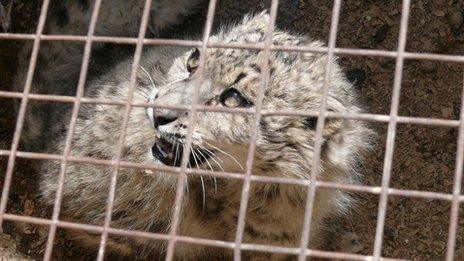
- Published24 August 2017
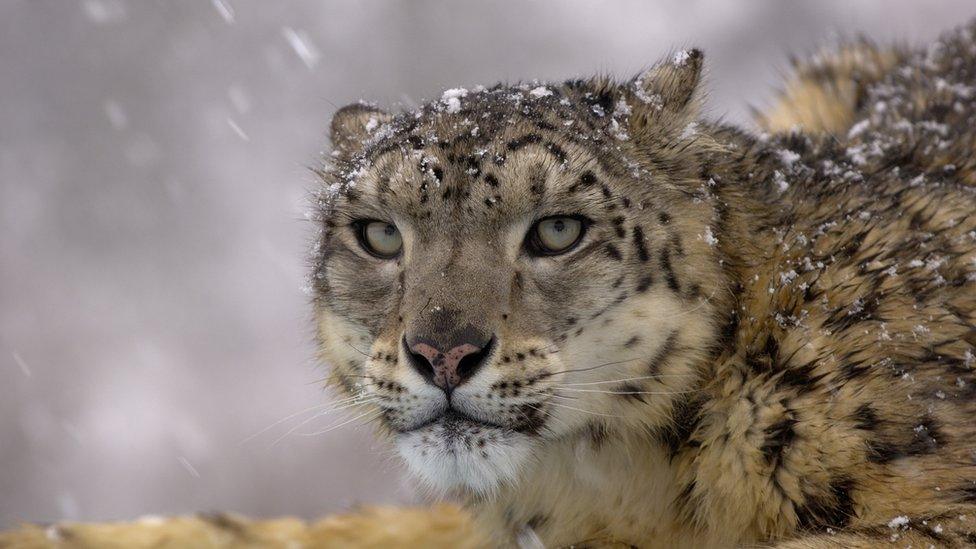
- Published17 January 2017
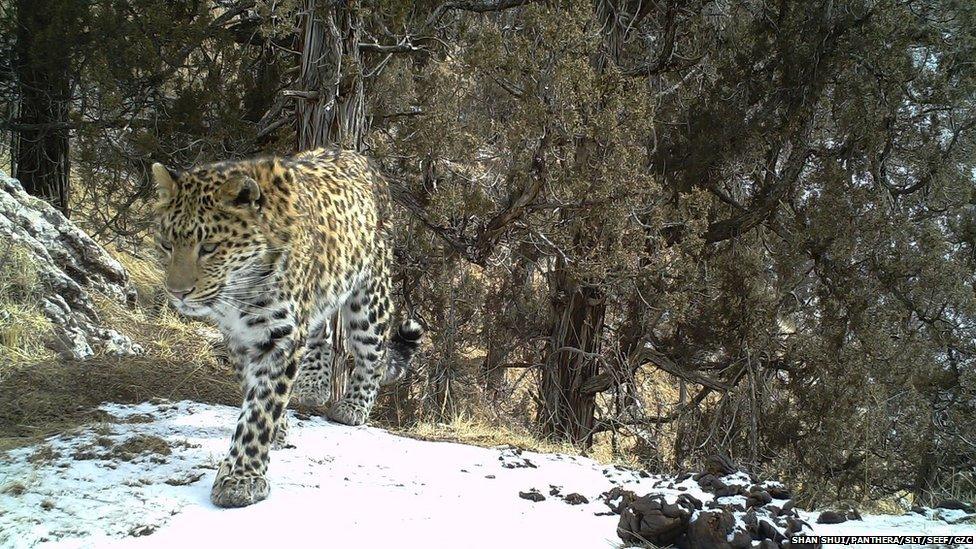
- Published22 June 2016
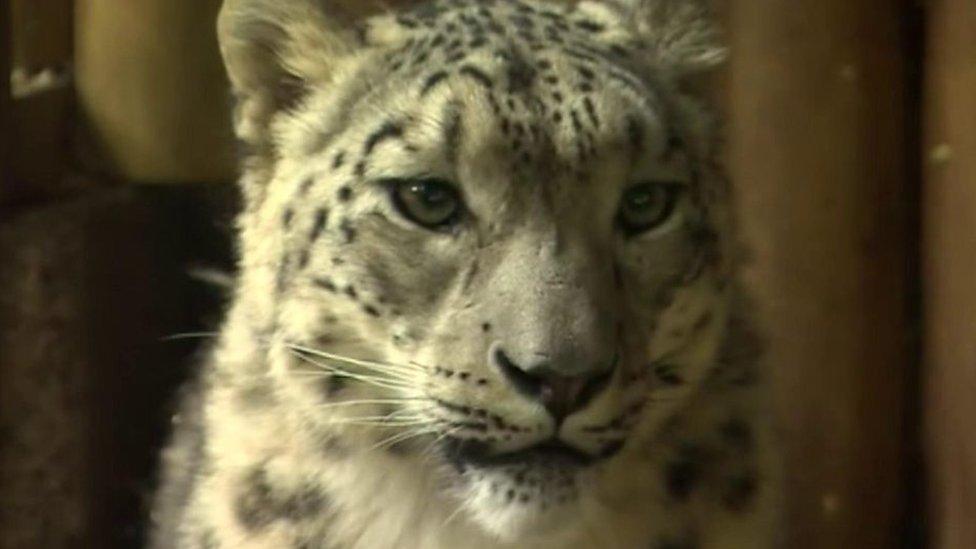
- Published23 October 2015
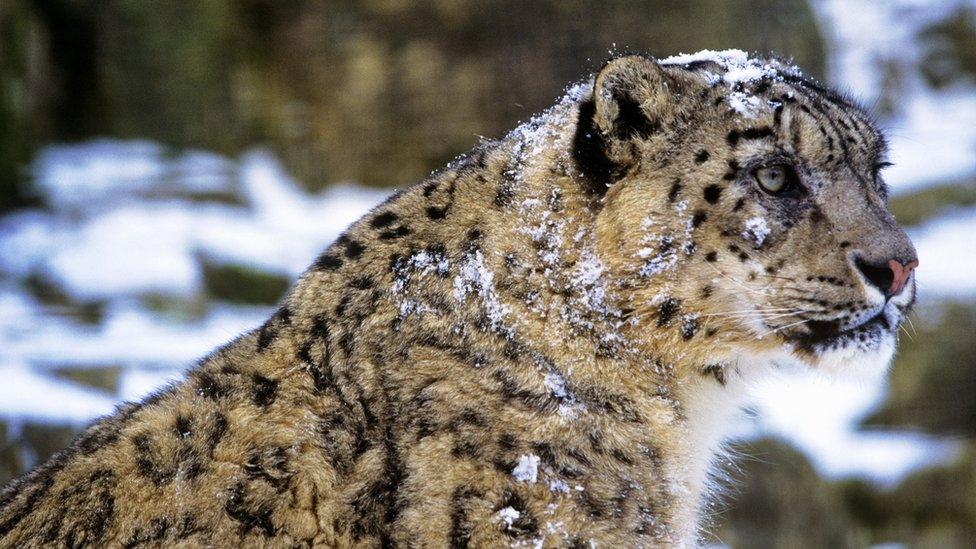
- Published26 April 2014
